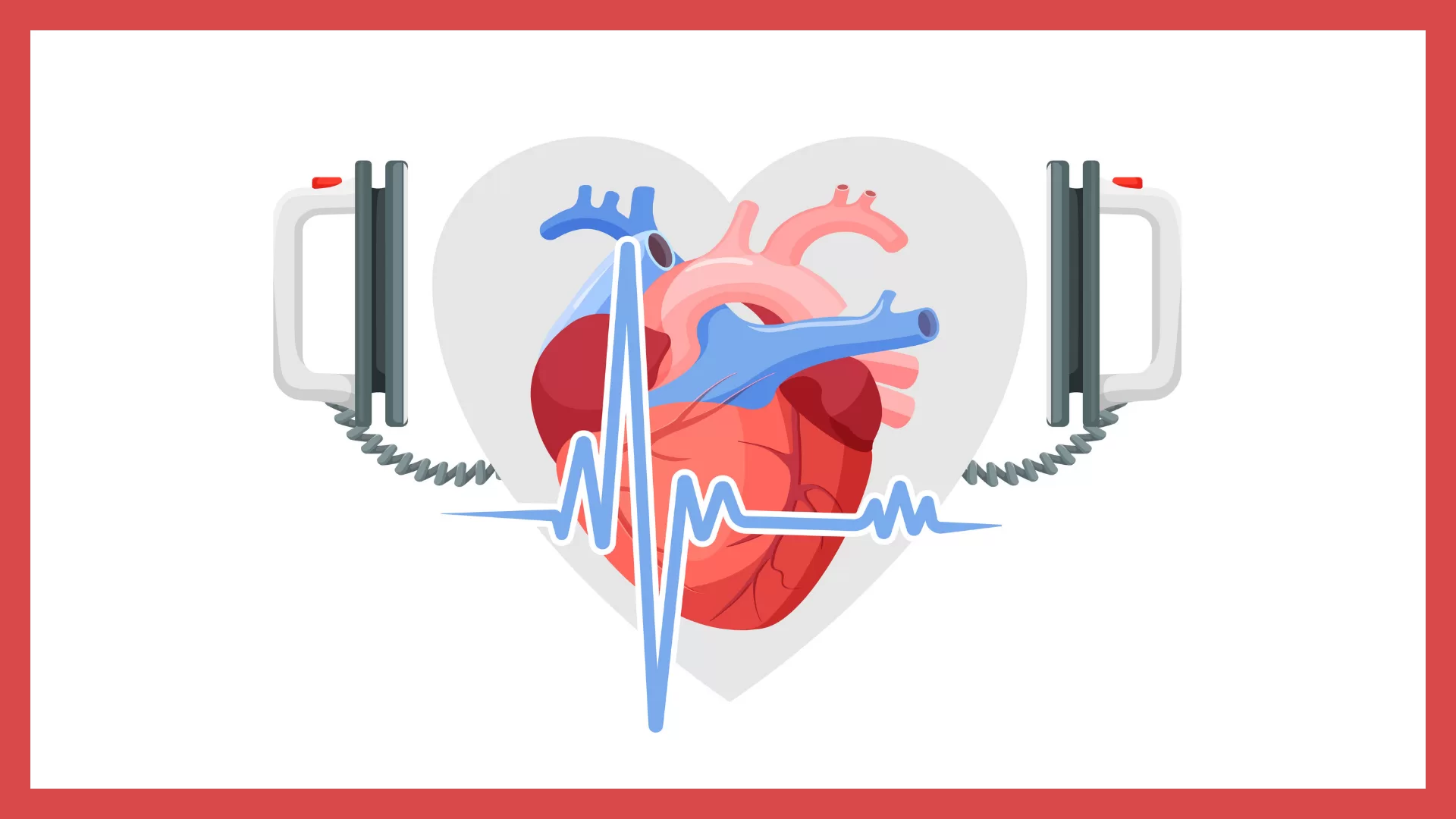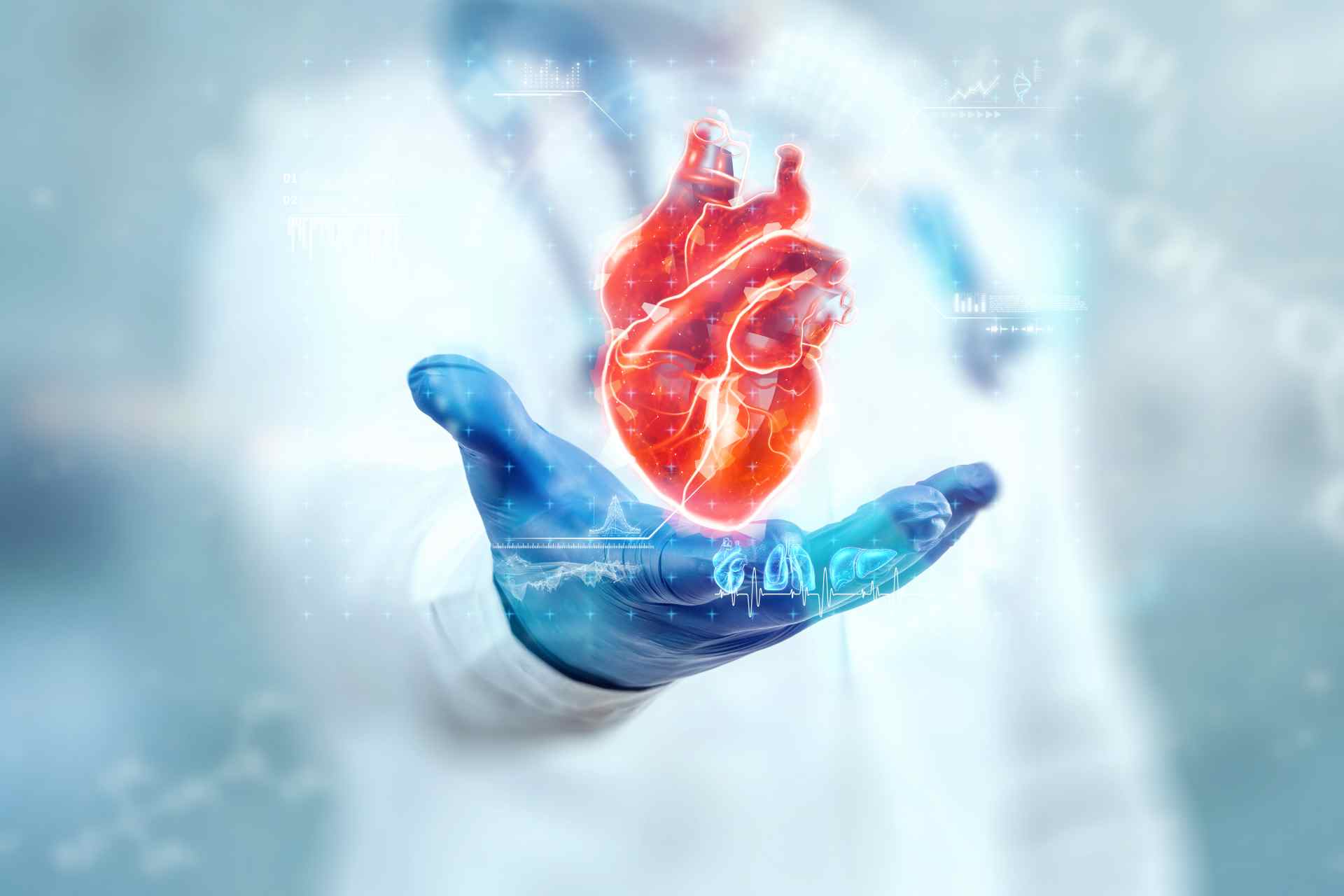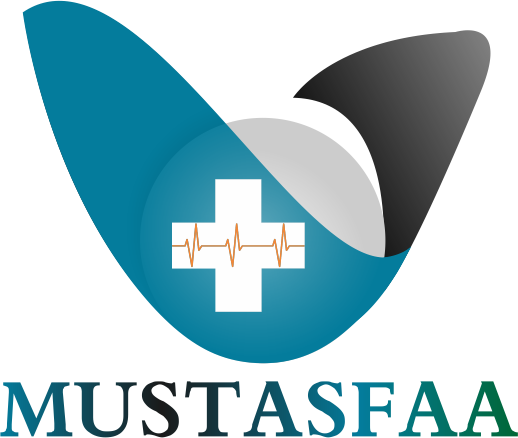Category: Cardiac
Cardiac Surgery open-heart surgery
For those of you who have been following my health journey, you know I have been through an extensive surgery for a congenital defect in my heart. In this blog post, I will discuss some similarities and differences between what is known as “open-heart surgery” and “cardiaoplasty.” I will also talk a little bit about my personal experience with surgery and how it affected me psycholgically.
This surgery is performed for a number of reasons. The most common reason is to repair some type of valve defect. However, there are two types of open-heart surgery. (1) The first one is a completely “open” or “un-closed” heart surgery, where the two chest cavities are literally opened up and the heart is sintered. This type of surgery is performed in select cases where the patient needs a valve repair or replacement but has a very diseased and damaged heart to begin with. (2) The other one is a more traditional open-heart surgery that requires more invasive procedures than a traditional open heart.ogically.
Now keep in mind that the surgeries mentioned in this post are not to be taken as medical recommendations or diagnoses. Your mileage may vary depending on your specific medical condition. Always consult a medical professional prior to undergoing any type of procedure especially if you have been diagnosed with any heart condition or defect.c surgery.”
Cardiac surgery is a type of open-heart surgery that is performed to fix defects in the heart.




